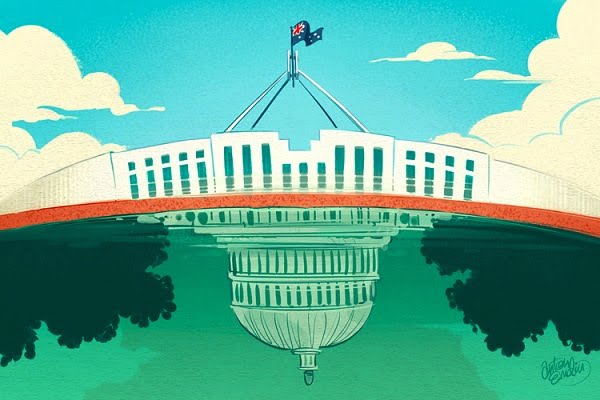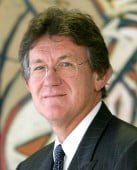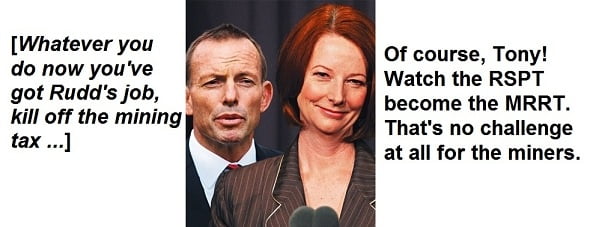I can’t complain about the first para being omitted from my letter in THE AGE today, because it amounts to blowing its bags for Saturday’s editorial piece.
Original first paragraph:
Saturday’s editorial “Digging deep for next to nothing” is a clear exposition of the manner in which Australians were dudded by Julia Gillard doing a backroom deal with the big miners in 2010. She managed to turn Kevin Rudd’s super profits tax which would have raised tens of billions of dollars into BHP Billiton’s, Rio Tinto’s and Xstrata’s minerals resource rent tax which will now raise tens of millions of dollars only.
A Labor Party government of yore would have stood tall through the miners’ twenty-two million dollar scare campaign, but Labor is now poll-driven and has sadly deserted its principles.
Someday, hopefully soon, Australians will come to see the Henry Tax Review’s recommendations to abolish more than one hundred taxes on labour and capital by a revenue switch to land and natural resource-holding as the prescription necessary to get the Australian economy moving again. We could be leading the world out of the downturn instead of descending further into it.
Bryan Kavanagh, Glen Waverley
————–
postscript
In an attempt to bury further the Henry Tax Review–the most far-reaching recipe for regenerating the Australian economy–the Gillard Government’s $1 Billion Jobs Plan was announced yesterday.
You almost sob with despair to see the incredible lengths to which the Gillard Labor government will go to ignore the common sense that resulted from “Australia’s Future Tax System” commissioned by the Rudd Labor government. It’s as though the Henry Tax review never occurred – so it becomes necessary to continue fiddling around the edges with such expensive “plans”.














